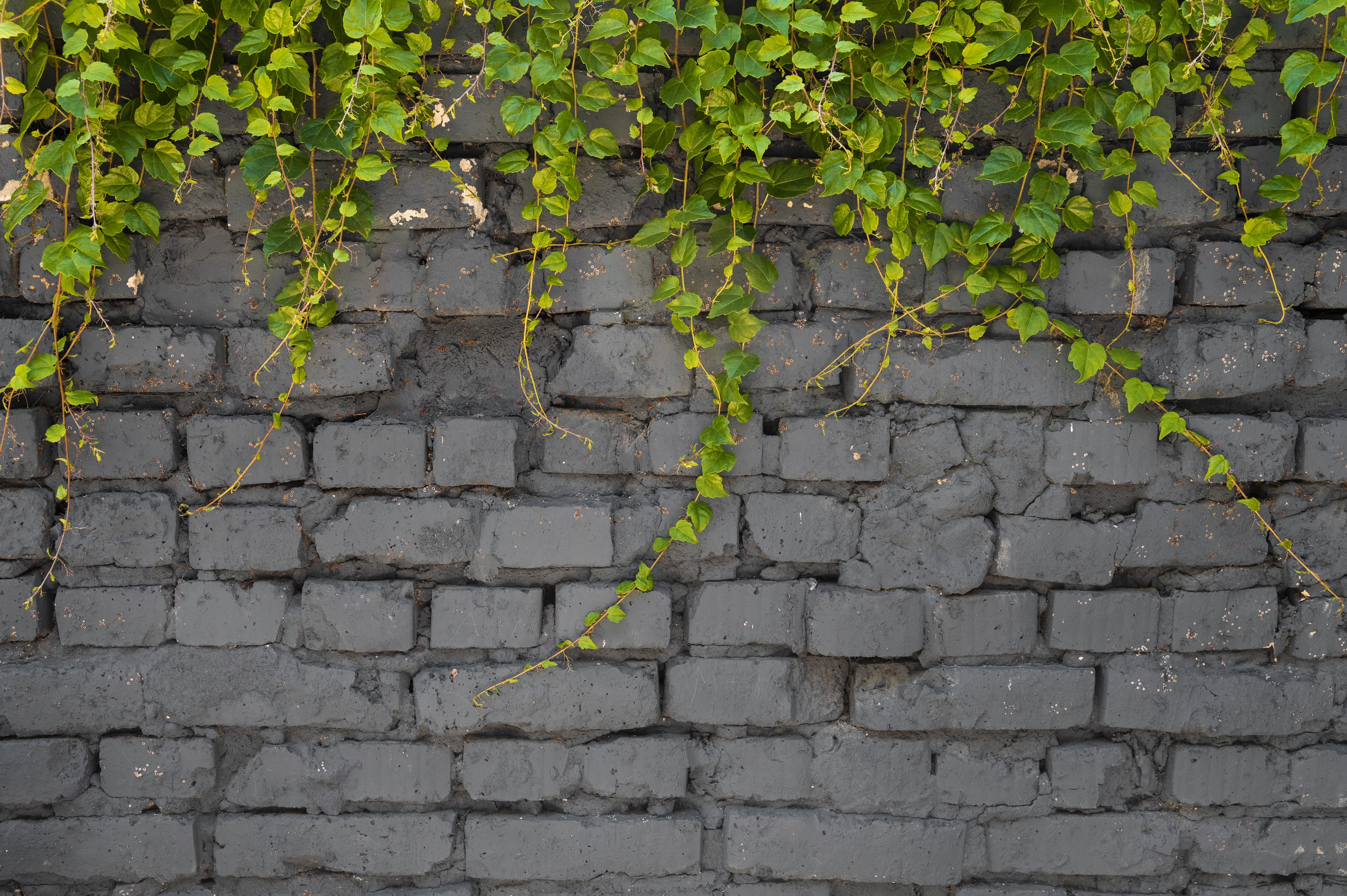Retaining walls are essential structural components, often used to bound soils between two different elevations in landscapes and construction sites. They manage soil erosion, create flat surfaces in sloping areas, and add to the aesthetic appeal of your property. But, as awareness and concern for the environment grow, there is a definitive shift towards innovative and sustainable design ideas for retaining walls.
This shift towards eco-friendly retaining wall designs is not merely aimed at reducing the carbon footprint. It's also about challenging existing conventions to conceptualize designs that are aesthetically pleasing, functional, sustainable, and cost-effective. This article is centered on underscoring the importance of such innovative designs and how they contribute to broader ecological conservation efforts.
Understanding Retaining Walls and Their Importance
Retaining walls play a critical role in landscaping and construction. They are used extensively to counter soil pressure from higher ground levels, prevent soil erosion and landslides, and create more usable space on steep slopes. These essential structures can be made from a range of materials, including concrete, timber, stone, and other earth-based materials.
Beyond their critical structural role, retaining walls also contribute to visual appeal. They offer a platform for creative landscape design, enabling architects to work with the natural environment rather than against it and produce aesthetically pleasing results. With recent advancements, retaining walls are taking a leap towards more eco-conscious designs, replacing traditional materials and methods with sustainable alternatives.
The Rise of Eco-consciousness in Design
The world is witnessing a shift in environmental consciousness, and it is reflected in the design industry, especially the retaining wall construction space. Architects and construction professionals are no longer solely focused on structural integrity, cost, and aesthetics. The environmental impact of design choices has become a primary consideration.
This shift involves considering the full life-cycle impact of design choices, including material sourcing, construction processes, longevity, and even eventual demolition. It’s about creating designs that are not merely less harmful but are actively beneficial to the ecosystem. This trend is multifaceted, encompassing everything from the materials used, the construction process, and the maintenance required over the life of the wall.
Traditional vs. Sustainable Retaining Walls
The substantial difference between traditional and sustainable retaining wall designs lies in the materials. Traditional designs use materials such as concrete or timber, which are resource-intensive to produce and often result in high emissions. On the other hand, sustainable designs use eco-friendly materials, such as recycled concrete, natural stones, gabion walls, etc.
Beyond the materials, sustainable retaining walls integrate into the natural environment rather than imposing upon it. This could mean designs that manage rainfall more effectively or use local materials to reduce transport emissions. Going for sustainable retaining wall designs means going for long-term environmental savings over short-term cost reductions.
Inspiring Sustainable Retaining Wall Designs
Sustainable retaining wall designs can be incredibly varied, novel, and innovative. While every architect might bring his unique touch, certain elements often found in eco-conscious designs include using recycled materials, integrating natural elements, and considering the wall's effect on existing ecosystems.
One effective design is the use of rammed earth, a natural, durable material that can last for centuries. Likewise, gabion walls, assembled with cages filled with local stones, are incredibly sturdy and environmentally friendly. Manufactured concrete blocks with high recycled content are also frequently used, providing the familiarity of traditional designs with a much lower environmental footprint.
Material Options for Sustainable Retaining Walls
Several sustainable materials can be used while constructing retaining walls. Recycled concrete, a by-product of old pavement and buildings demolition, reduces the consumption of new materials and wastage. Gabion walls filled with local stones minimize transport emissions.
Natural stones, rammed earth, and living walls with vegetation are all excellent choices that align with nature. Other options include recycled plastic, earth bags, and straw bales. These materials are not just environment-friendly but also add to the aesthetic appeal and functionality of the structure.
A Guided Approach: How to Implement Sustainable Designs
Implementing sustainable designs in retaining walls involves a detailed process, beginning with design planning. This includes understanding the site's natural characteristics, analyzing how to integrate the wall with these aspects, considering local weather patterns, and deciding on suitable sustainable materials.
During the construction phase, the emphasis should be on reducing waste, recycling where possible, and minimizing energy use. However, don't just stop at the building process. Once the wall is constructed, maintain it with eco-friendly methods—limit water use, avoid harmful chemicals, and repair instead of replacing when damage occurs.
The Cost Factor: Balancing Sustainability and Affordability
While sustainable materials might sometimes be more expensive upfront, it's important not to overlook the long-term cost benefits. Not only do they last longer, with fewer repairs or replacements, but they may also result in lower utility bills due to their inherent energy efficiency.
While striking a balance between sustainability and affordability, consider materials like recycled concrete that are both eco-friendly and cost-effective. Factor in not just the initial cost but evaluate the entire lifecycle of the wall—from construction, maintenance, longevity, to demolition.
The Future of Sustainable Design in Retaining Walls
The future of sustainable design in retaining walls is incredibly promising, with new technologies and ideas increasingly taking root. These include advances in recycled materials, breakthroughs in bio-based materials, and the possible incorporation of energy-generating technologies into walls.
Furthermore, there is a growing interest in architectural designs that harmonize more integrally with their environment. This trend implies a future where sustainable retaining walls aren't just ecologically benign but ultimately restorative, improving surrounding ecosystems and contributing positively to biodiversity.
Conclusion
As the world moves towards greener practices, it is inevitable that this will be reflected in every aspect of our lives, including the construction of retaining walls. From understanding their importance and functionality to embracing sustainable materials and balancing costs, the journey to more eco-conscious retaining wall designs is inspiring.



0 comments:
Post a Comment